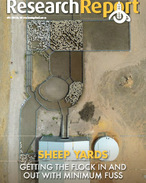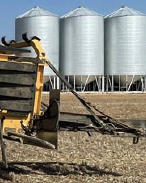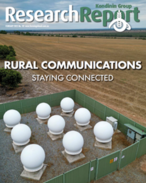This article is 8 years old. Images might not display.
The Living with fruit bats report, tabled in the Australian Parliament earlier this month, listed four recommendations to better manage flying fox populations.
But none of the recommendations deal with the impact of flying foxes on Australia’s multi-billion dollar horticulture industry, and overlooks a role for the agricultural sector to help manage flying foxes.
NSW Farmers’ Horticulture Committee chairman Brett Guthrey said he was concerned the committee may not have consulted widely enough to ensure agriculture was properly considered in assessing the impact of this species.
“The lack of acknowledgement of farmers would suggest the Committee views this as a city-only problem, only requiring cosmetic solutions,” Guthrey said.
“Instead they missed an opportunity to involve farmers, local councils and other groups to better manage food sources across the entire landscape.
“A reliable food source for flying foxes comes from orchards which are often located close to built-up areas. In times of shortages of native food sources, like flower blossoms in the bush, a flying fox will turn to the vulnerable fruit orchard nearby, leading to extensive damage.”
Australia’s horticultural industry is worth more than $4 billion annually, and Guthrey said unless pests like flying foxes were managed, Australians will face higher prices for fresh fruit, while export market opportunities would also be reduced.
“The Turnbull Government should carefully consider these recommendations before tabling any response. We would be happy to take the environment minister, Josh Frydenberg, on a tour of orchards impacted by flying foxes so he properly understands the challenges faced by farmers,” Guthrey said.
NSW Farmers also renewed its call for state funding to continue the successful flying fox netting programme. The programme has seen more than 700 hectares of nets installed on vulnerable orchards, while around 260 hectares still needs to be netted around Orange and Batlow.






















